Investigation into ‘preventable’ drowning deaths of two Navy SEALs sure to bring changes
- By Frumentarius
Share This Article
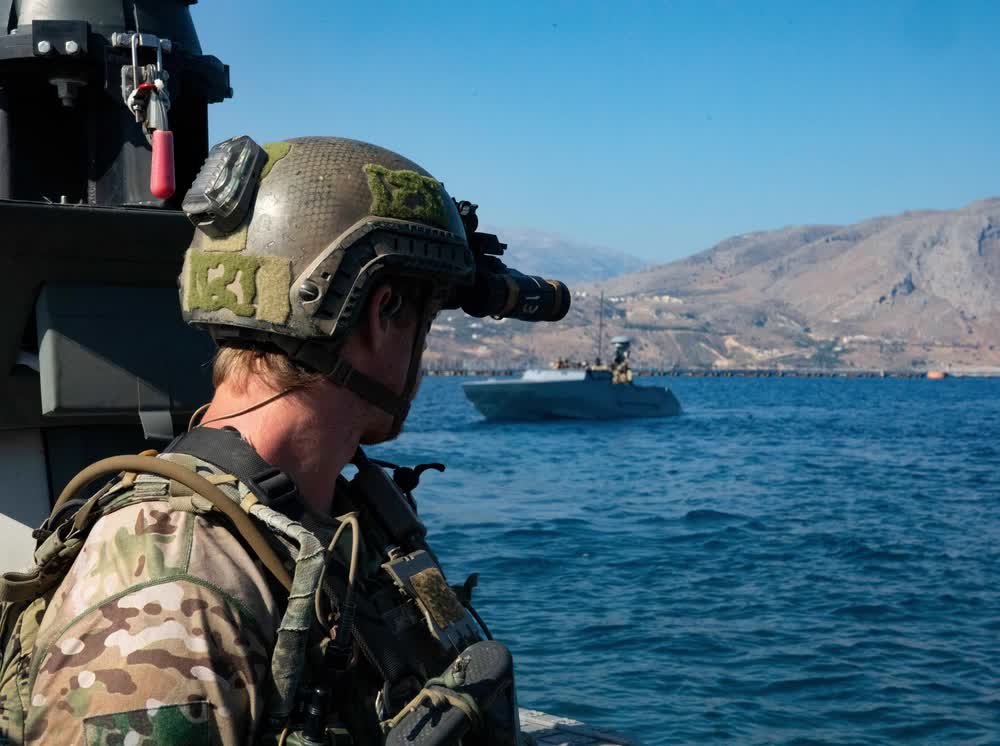
According to the Associated Press, an investigation into the drowning deaths of two Navy SEALs off the coast of Somalia concluded that the deaths were preventable and resulted from “deficiencies, gaps, and inconsistencies” in not only training, but in tactics, techniques, and procedures (TTP), as well as in policies. The investigation was carried out by a non-SEAL Navy admiral who is independent of the SEALs’ parent command, the Naval Special Warfare Command (NSW).
The deaths, which happened on January 2024, are heartbreaking on their face, but even more profoundly so given the results of the investigation.
All SEALs pride themselves on a hard-earned water proficiency, and the ability to not only survive in the maritime environment, but to see it as a kind of sanctuary, in which one need only remain calm and await rescue should the circumstances dictate. There are countless stories of SEALs in combat and training doing just that, perhaps most famously when Petty Officer Mike Thornton swam a gravely combat-wounded Lieutenant Tom Norris out into the sea for two hours, after which the two were rescued by a naval vessel. (Thornton was awarded the Medal of Honor for saving Kerry’s life).
The January 2024 episode is different from Thornton’s Vietnam War heroics in some significant ways, all of which contributed to the tragedy. For one, the SEAL Team 3 operators off the coast of Somalia were performing Visit, Board, Search, and Seizure (VBSS) operations. This required some of them to carry up to roughly 40 pounds of gear, according to the investigation, including body armor and radios. In other words, the SEALs were geared up for a mission that, had it gone according to plan, would never have entailed any of them entering the water.
Additionally, unlike in the case of Thornton, who made a calculated decision to enter the sea, the first SEAL in the Somalia case – Chief Special Warfare Operator Christopher Chambers – accidentally fell into the sea while trying to board the target vessel. Eleven seconds later, the second SEAL – Special Warfare Operator 1st Class Nathan Ingram – went in after him to try to save him. The entire episode before both men went under water lasted approximately 47 seconds, according to the report. This means neither man was prepared to enter the sea. They were also either not wearing adequate and properly maintained emergency flotation for the weight of the gear they carried, or they did not activate that flotation, according to the report.
Related: The Navy SEALs’ two original and little-known missions
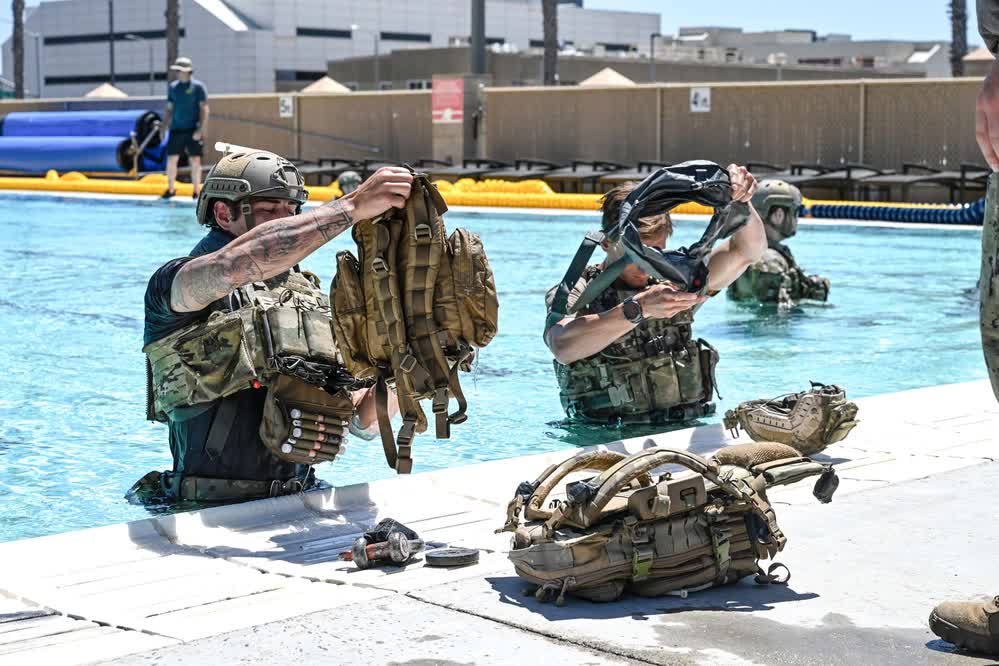
For this author, the most bewildering and incomprehensible part of the whole event is why the SEALs’ emergency flotation failed to save them, leading to their sinking under the surface of the 8-10 foot seas in less than a minute. This critical failure of the SEALs to either activate, maintain, or properly configure the buoyancy of those flotation devices appears to be the deciding factor in classifying the deaths as preventable. Had the emergency flotation been configured and operated properly, the two SEALs undoubtedly would have – at a minimum – remained on the surface of the roiling water, where a rescue effort could have been undertaken.
This disturbing failure of TTP, training, and guidance is already in the process of being corrected, according to NSW. The Associated Press states that NSW pointed to the establishment of standard procedures for buoyancy requirements, as well as maintenance for the flotation devices, “fail safe” buoyancy equipment (activation without the requirement of human intervention), and revised “man overboard” procedures, among other recommended changes they would adopt.
Without a doubt, changes will take place within all levels of NSW: from the basic level of BUD/S training, up to the advanced platoon-level training, the SEALs will be incorporating measures to correct this identified deficiency. Training scenarios could involve being thrown into the pool or the ocean with full VBSS gear to test buoyancy needs and devices; a renewed stress on the continuous critical need for pre-mission buddy checks; and a review and overhaul of “what if” scenario considerations in operational mission planning. All mission commanders in NSW have to address “if/then” scenarios when planning an operation. In this case, the critical question would have been: “IF a SEAL goes overboard while boarding operations are underway in 8-10 foot seas, THEN the course of action is….”
This author also expects that a top-down review of emergency flotation equipment will be undertaken, including on its use and function, maintenance, and operating procedures. That would be a bare minimum requirement in response to this event.
While it is seemingly callous and perhaps even cruel to point after the fact to glaring deficiencies that contributed to the tragic deaths of two SEALs, it would also be a dereliction of duty not to identify and correct those problems to save future lives. The SEAL community will no doubt learn the required lessons from this tragedy, and implement the necessary changes. However small consolation that will be to the families of the fallen, God willing it will help prevent future similar tragedies.
Feature Image: U.S. Naval Special Warfare Operators and U.S. Navy Special Warfare Combatant-Craft Crewmen assigned to Naval Special Warfare prepare for a visit, board, search, and seizure exercise during a training mission at the NATO Maritime Interdiction Operational Training Center, Greece on July 31, 2020. (U.S. Army photo by Staff Sgt. Aven Santiago)
Editor’s Note: This article has been updated to correctly state that Petty Officer Mike Thornton saved Lieutenant Tom Norris and not Lieutenant Bob Kerry as was initially stated.
Read more from Sandboxx News
- German commandos get an extremely progressive new handgun
- The night when police and Delta Force men patrolled the streets of New Orleans
- These hardcore Air Force crews fly into the walls of deadly hurricanes
- Video: Did the Air Force use F-117 Night Hawks to attack ISIS in 2017?
- Drones swarmed a military base for days and the Pentagon still doesn’t know why
Related Posts
Sandboxx News Merch
-

‘AirPower’ Classic Hoodie
$46.00 – $48.00 Select options This product has multiple variants. The options may be chosen on the product page -

‘Sandboxx News’ Trucker Cap
$27.00 Select options This product has multiple variants. The options may be chosen on the product page -

F-35 ‘Lightning’ Framed Poster
$45.00 – $111.00 Select options This product has multiple variants. The options may be chosen on the product page
Frumentarius
Frumentarius is a former Navy SEAL, former CIA officer, and currently a battalion chief in a career fire department in the Midwest.
Related to: Military Affairs, Special Operations
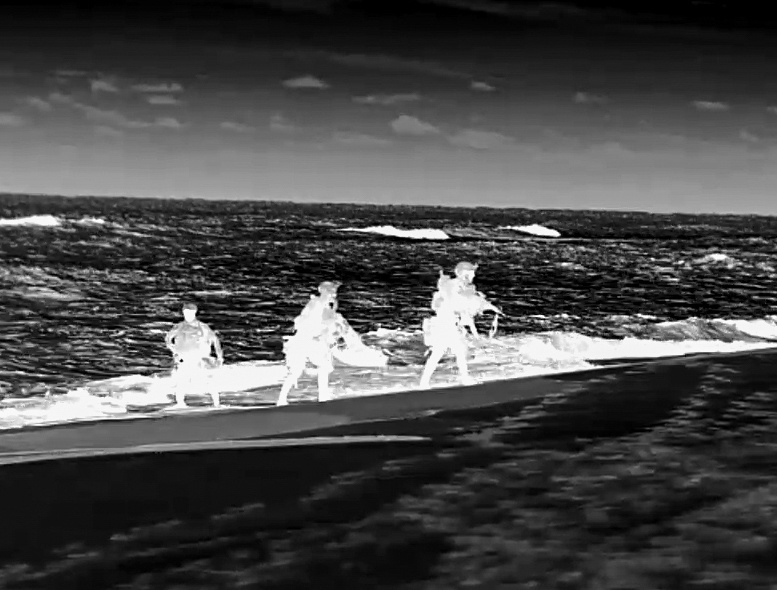
This is how Navy SEALs conduct “over-the-beach” operations
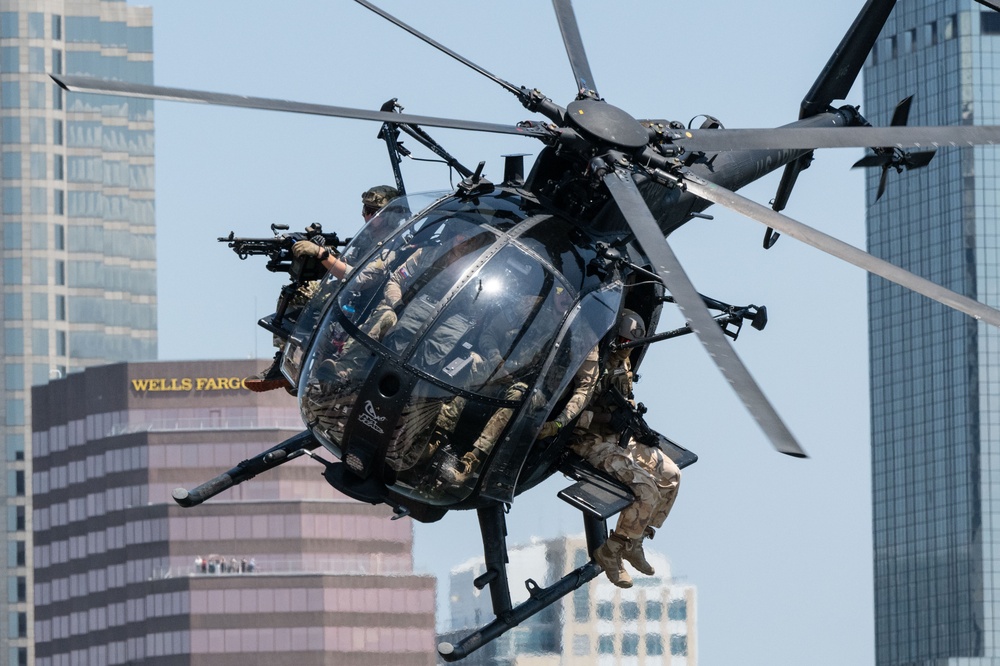
A Delta man’s failure to follow instructions was more than it seemed
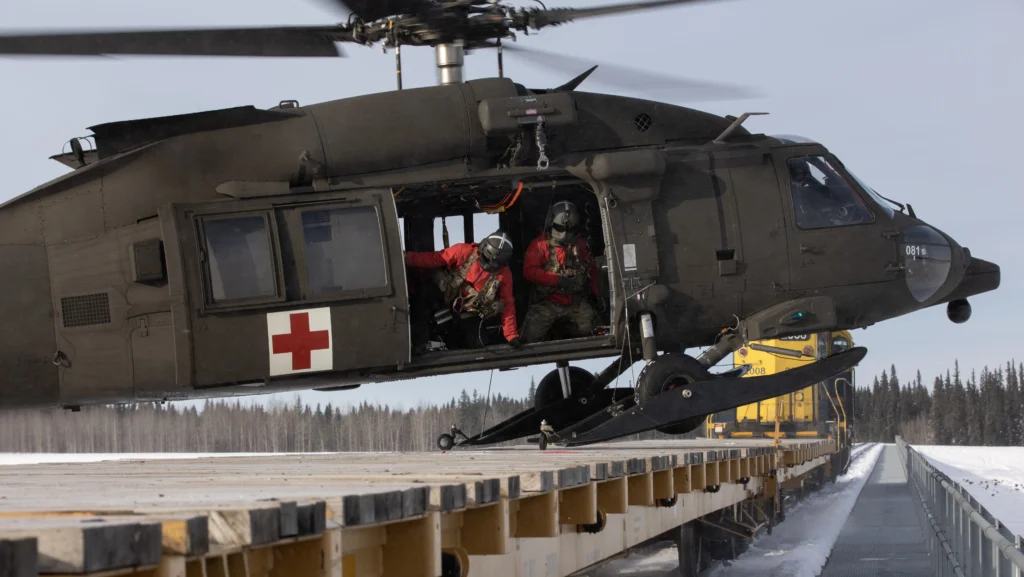
Soldiers in Alaska landed their Black Hawk on a train in a special ops exercise
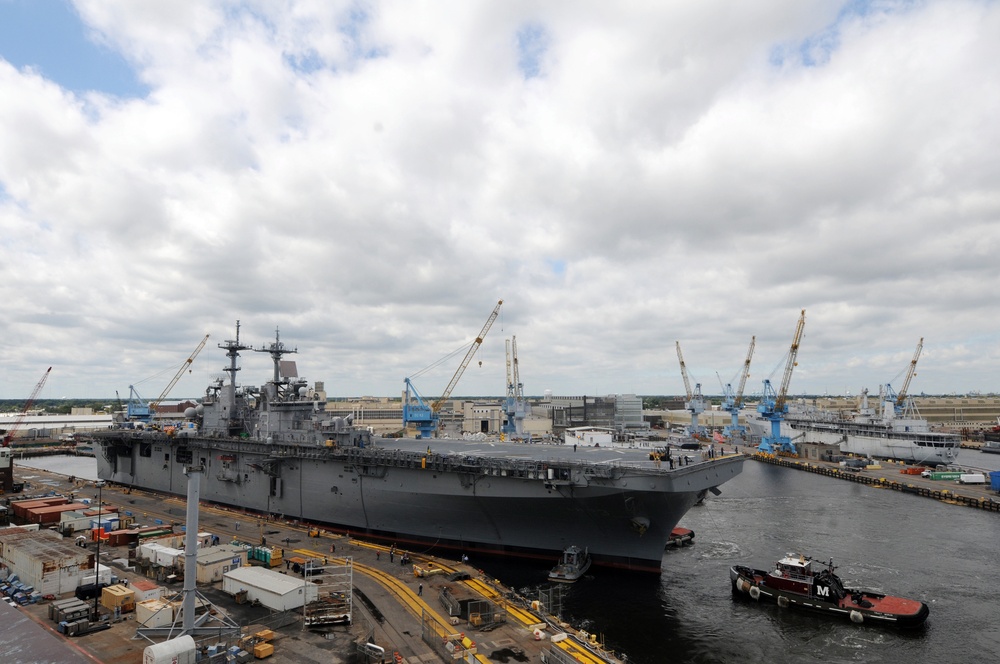
Fixing the US Navy’s shipbuilding problems starts with the workers, agency analysts say
Sandboxx News
-

‘Sandboxx News’ Trucker Cap
$27.00 Select options This product has multiple variants. The options may be chosen on the product page -

‘AirPower’ Classic Hoodie
$46.00 – $48.00 Select options This product has multiple variants. The options may be chosen on the product page -

‘AirPower’ Golf Rope Hat
$31.00 Select options This product has multiple variants. The options may be chosen on the product page -

‘Sandboxx News’ Dad Hat
$27.00 Select options This product has multiple variants. The options may be chosen on the product page
